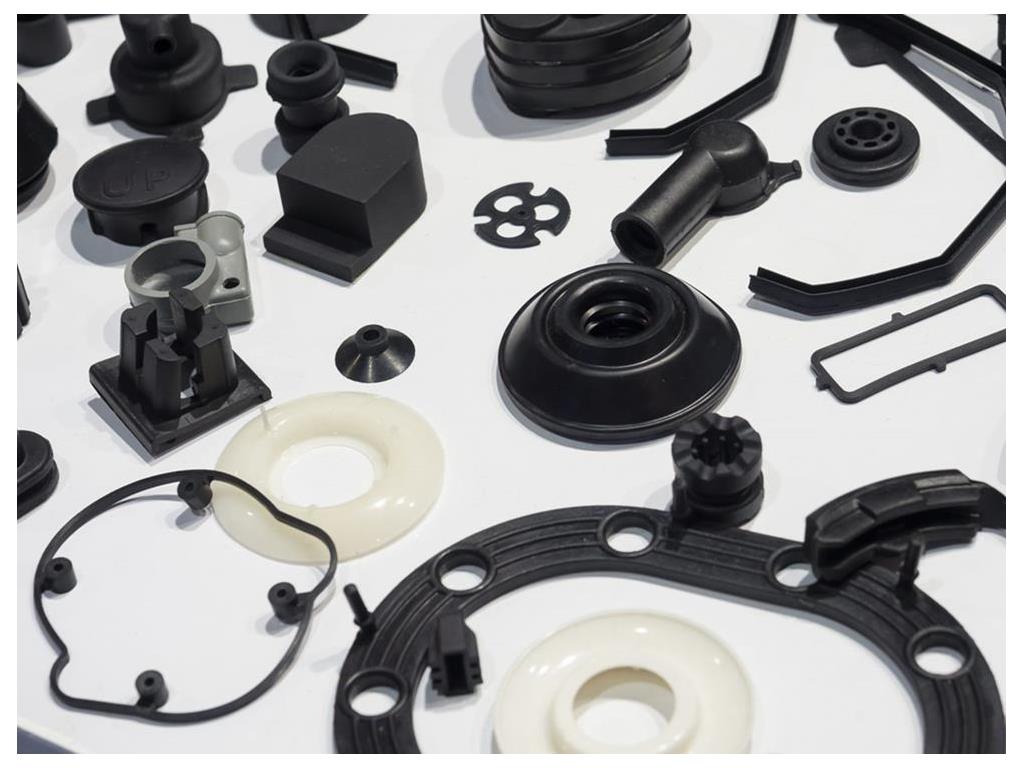
SYNTHETIC RUBBER
Synthetic rubber is obtained in the form of an aqueous emulsion or suspension with a solvent by reaction of suitable manomers into polymers.
Although a small amount of methyl rubber was produced in the First World War, the first commercially produced synthetic rubber was the Polychloropene type NEOPRENE, which was introduced to the market in 1931.
Some Synthetic Rubbers Used and their properties;
Natural Rubber (Polyisoprene Rubber)
It is used in areas that require wear-resistant, elasticity. Temperature resistance is low. It can operate at temperatures of -40 ºC to + 80ºC. Oil, air (ozone), salvent resistance is not good. It is also produced synthetically.
- Shoe sole manufacturing
- Food and Toy industry
- Search. It is used in the manufacture of the surfaces of the wheels that touch the road.
SBR Rubber (Styrene Butadiene Rubber)
It is the closest synthetic rubber to natural rubber, which has a hardness of 30 - 95 Shore A and can operate at temperatures between -30ºC + 110ºC.
It is not resistant to solvents, oil, petrol. It is a type of rubber with good flexibility and good water resistance.
NBR Rubber (Nitrile Butadiene Rubber)
It is a type of synthetic rubber that can operate at temperatures between -40ºC + 140ºC with a hardness of 25 - 95 Shore A. Oil and solvent resistance is good. Heat and weather resistance is not good. These properties can be improved if compared with PVC.
EPDM Rubber (Ethylene - Propylenediene Monomer Rubber)
It is a synthetic rubber with good synthetic properties, very good ozone and heat resistance, 30 - 90 Shore A hardness degree, and can work at temperatures of -40ºC + 150ºC. Its resistance to oil and aliphatic solvents is not good.
- In the manufacture of water hoses
- In wire and cable insulation
- It is used in the manufacture of automotive and spare parts.
CR Rubber (Chloroprene Rubber) Neoprene
It was introduced as an oil resistant type of rubber (NR) on the market in 1931 and is still used for this purpose. Resistant to waxes, oils, greases and petroleum products. It gives very good results to bases, dilute mineral acids and impact with a suitable formulation. The presence of chlorine in neoprene provides much better fire resistance than other hydrocarbon polymers. Temperature resistance is not good. It is a synthetic rubber that can operate at 30 - 90 Shore A degree, -30ºC + 120ºC.


